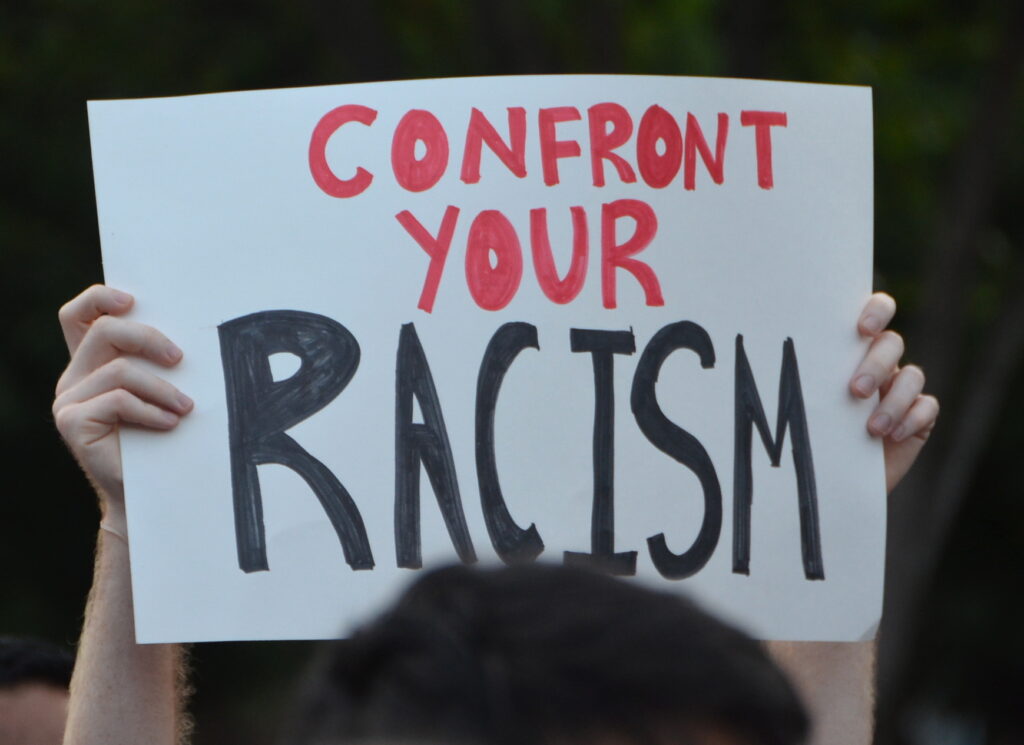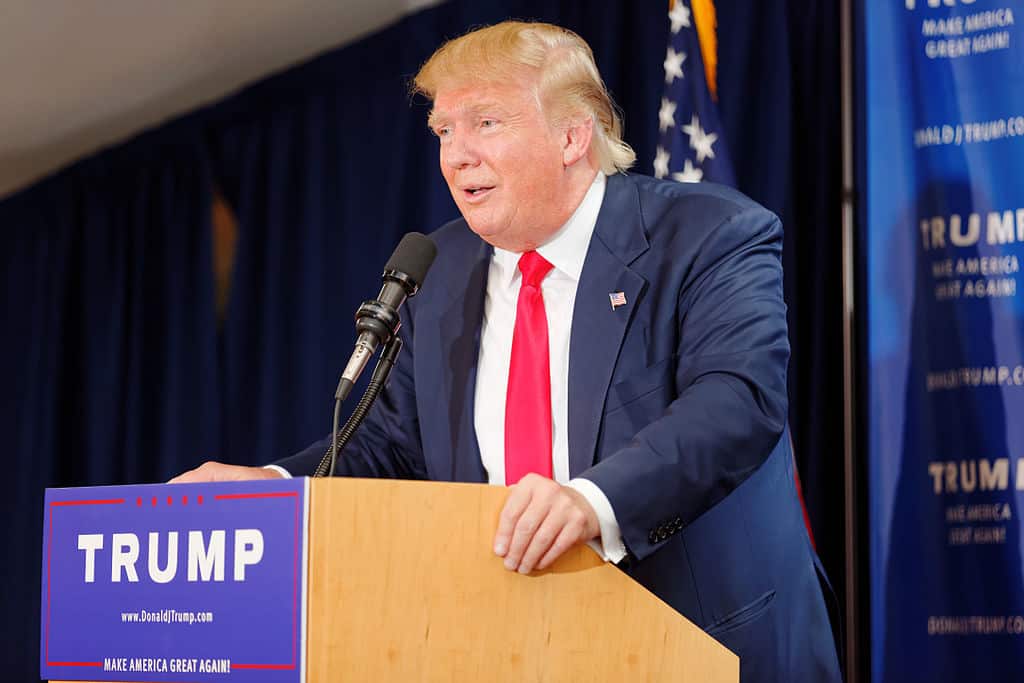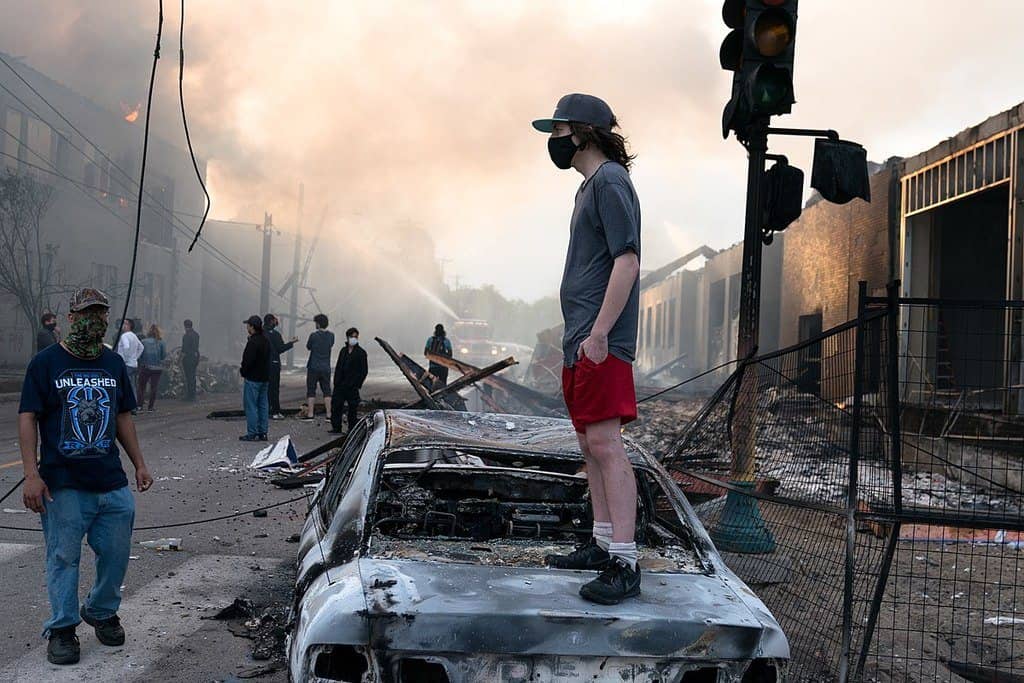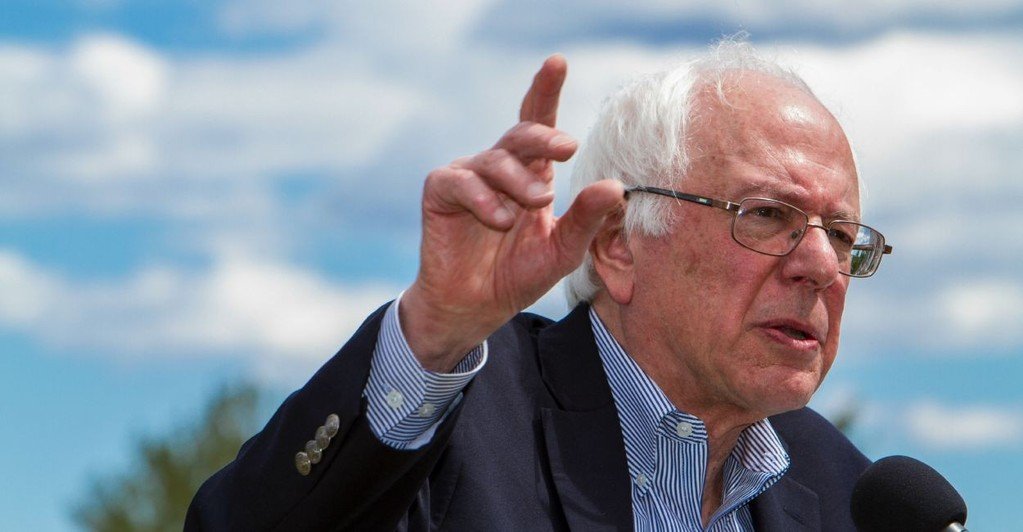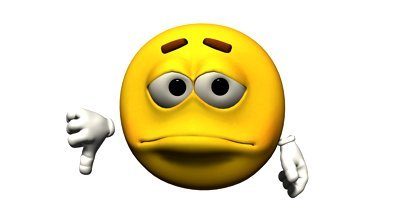When many people think of racism, they think about things like slavery, lynchings, and Jim Crow. We think about things like in the sign below where people are intentionally equating Blacks and Mexicans with dogs.
This sort of overt personal race-based bigotry is particularly repugnant.
Most people today find this sort of overt hatred to be acceptable. Maybe our grandparents thought it was okay but today we are more enlightened. The people that hold to these anachronistic bigotries are clearly bad people in most of our minds.
This is where a big part of the current problem lies. In most people’s minds- Racism is bad and they are good; therefore, they cannot be racist.
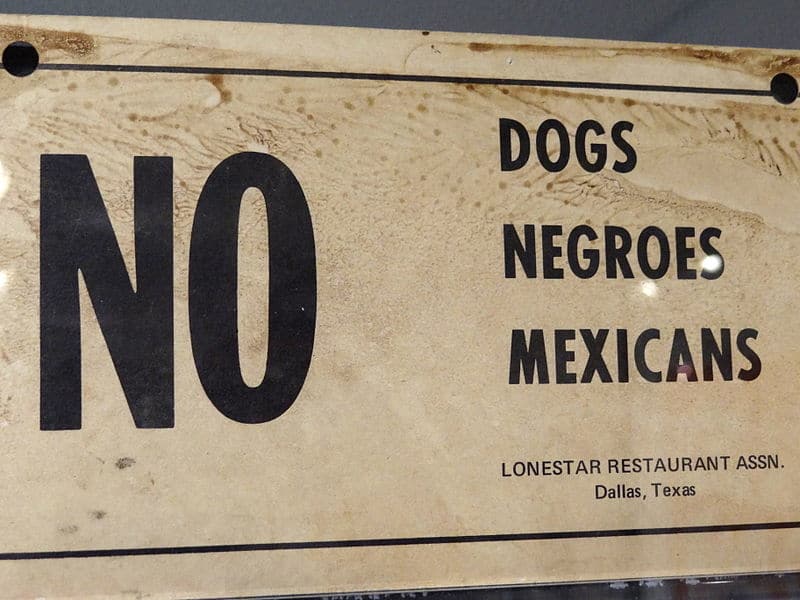
We all think this way a little bit. We tend to categorize in terms of racist or not racist. I, however, have really come to appreciate Ibram Kendi‘s argument that the important distinction is really between being racist and antiracist.
The reality is that we live in a country that has racism deeply ingrained in our structures. As I argued in a previous essay, we have a moral obligation to not be neutral. Neutrality is complicity. If we look at a world that does not offer equal protection and opportunity to all people we cannot just claim to be “good people” who don’t see color. That supposed neutrality makes us complicit with the oppressive systems that exist and blinds us to the real experiences of ethnic minorities. We have to see color and deal with the systemic realities of color in our nation.
As Kendi says, “Racial inequity is a problem of bad policy, not bad people.” So the line of thinking that says, “I’m good so I can’t be racist” is missing the point.
Too many people feel that if they are personally good and don’t personally discriminate then they aren’t racist. That is a critical first step. But we all have implicit biases that we need to recognize. Some of those biases are racial and they are often buried down deep because they challenge our narrative of goodness. We have to actively fight against that instinct within ourselves but we cannot do that if we refuse to admit that instinct. Further, we must recognize the biases in our systems and actively seek to correct them.
I think this is, in part, a problem of empathy. We have a hard time seeing other people’s perspectives. When it comes to the Black Lives Matter versus All Lives Matter argument. Some people can only see the claim that Black lives matter as a negation of the value of white lives. Black Lives Matter is not a negation of the value of other lives. It is an affirmation that the lives that our nation has historically least valued do, in fact, matter despite the continuation of that history into the present.
Empathy comes in again with the idea of White Privilege. Too often we only see how we lack privilege. We can’t empathize with our Black neighbors and see how they are kept from privileges that we take for granted.
This brings me back to the idea that racism is bad and I am good; therefore, I cannot be racist. This way of thinking is why some react so strongly against ideas like Black Lives Matter and White Privilege. In their mind, these two ideas lead to the conclusion that they are racist and therefore not good.
We need to uncouple these ideas. As Kendi argues, inequality is about bad policy, not bad people. Yes, there is racism. Yes, we all have racial biases. Acknowledging that doesn’t make us bad people… it just makes us people. Certainly, there are bad people who lean into their bias. But racism is the ordinary state of things. What makes us good or bad people in relation to racism is if we seek to oppose the ordinary state, racism.
People who view themselves as good people typically know it is wrong to lean into their racial biases. Sometimes, they don’t acknowledge that bias. Other times, they are ashamed of it and try to obscure it with the rhetoric of neutrality. But neutrality is complicity with the ordinary state. We must seek to be antiracist; however; we can only do that by looking in the mirror are admitting our ordinary state.
This essay is from our Anastasis Series where we resurrect articles from the past that are still relevant today. This piece was first published on June 15, 2020, and has been lightly edited and updated.

